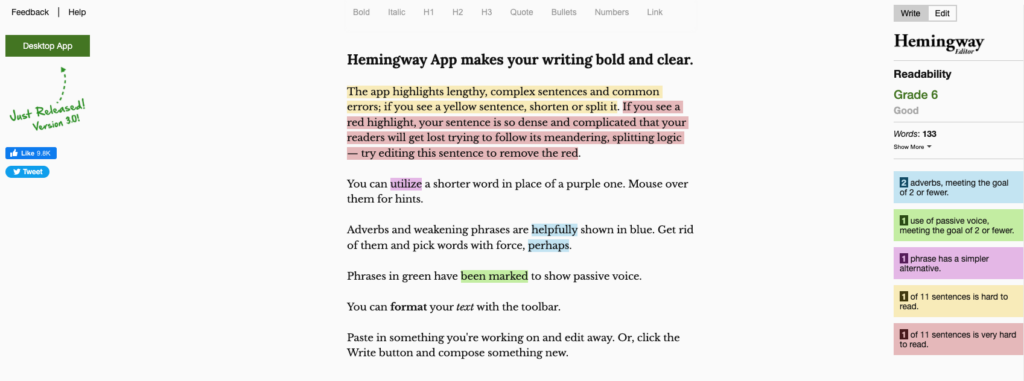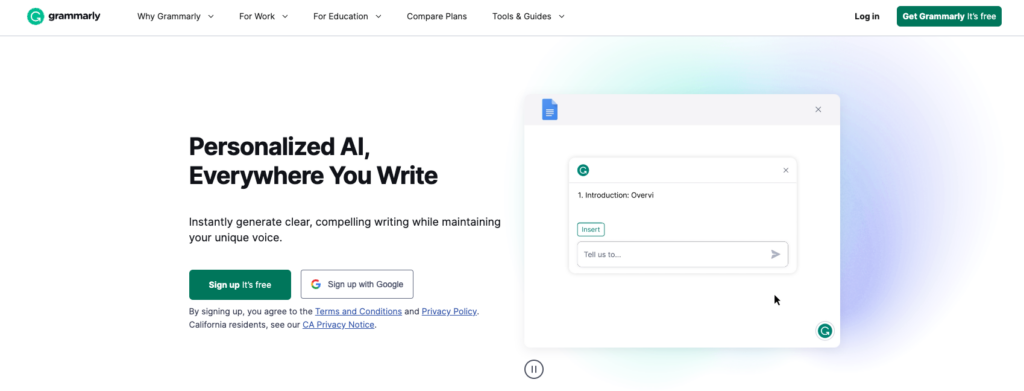
It is now more critical than ever to verify your identity at the same time as having access to your bank account, email account, or making a web purchase. In anticipation of 2023, the destiny of identification verification evolves, placing current new eras and techniques in the foreground.
The essay will describe six tendencies expected to alternate identification verification by 2023, and it will likely be surprisingly informative. First, with virtual living, there are conveniences such as biometric integration or identity fusion, finally acknowledging that artificial intelligence is significant.
These advancements will protect identity online as long as companies keep pace with them to ensure that people can always browse. Consequently, it will be possible for us to take a journey of exploration into the identification validation area that is expanding rapidly, changeable, and ever-changing.
1. Decentralized Identity and Self Sovereign Identity (SSI).
In 2023, self-sovereign identity or decentralized identification became famous. This enables people to have more opportunities for sharing and exploiting their data. What you need to know is as follows:
Blockchain as a Trust Anchor
Blockchain Technology and Decentralized Identifier – Providing Immutable Record System for Tracking and Verification of Identities. Identity verifications have become genuine and public due to the lack of a centralized government or an arbiter.
User-Centric Identity
By giving users control, SSI flips the script on conventional identity verification. With SSI, people may save and selectively share their identity data on their devices, lowering the risk of data breaches and identity theft. This pattern coincides with rising worries about data privacy and the need for more control over individual information.
2. Two-Factor Authentication
The ongoing war against identity theft requires instruments such as two-factor or multi-factor authentication. The customer should enter the code emailed or sent to their mobile phone. The verification method can easily be recognized by customers, and also understand how to use it.
You can verify a customer’s email addresses and phone numbers in minutes with 2FA or MFA. That is a vital check when ensuring that your customers have inputted correct data.
When employing two-factor or multi-factor authentication, users are often required to provide a form of personal identification in addition to the standard username and password. The requirement for a token serves as a strong fraud deterrent. Thus, users should physically possess or memorize the token, such as a code they have received from the authentication service provider.
3. Knowledge-Based Authentication
Using security questions, KBA confirms the user’s identity since it is built upon previous experience. These questions are often simple to answer for the respondent, yet they pose a problem to other people. However, KBA has some preventive procedures, including asking, “What was your favorite teacher?” and “What number of pets do you have?” for example.
Some of them require answers in a specified duration. First and foremost, KBA is the most practical form of verification. However, social networking provides quick solutions for problems as a drawback. Other, more indirect methods may be used in social engineering.
4. AI and Machine Learning for Enhanced Verification
With AI/ML for identity verification, the process has become better targeted and efficient. How these technologies are influencing the environment is as follows:
Enhanced Document Verification
The document-checking tools driven by AI can detect at once if the given document, like a passport, license, or utility bill, is not fake. Using these instruments reduces the danger of unlawfulness inherent in false documents.
Advanced Fraud Detection
Systems of artificial intelligence-driven fraud detection continually learn about new fraud patterns. Anomalies are uncovered, reported, and stopped in real time as they occur.
Improved User Experience
The user experience is also being streamlined using AI and ML. They can determine a user’s legitimacy based on their actions and historical data, eliminating the need for onerous verification procedures.
5. Database Methods
Database ID approaches use data from various sources to verify a person’s identity card. Database approaches are frequently used to assess a user’s level of risk because they significantly minimize the need for manual assessments.
6. Regulatory Compliance and KYC (Know Your Customer) Evolution
Regulatory compliance is still driving identity verification trends. To keep up with technological improvements, KYC standards are changing:
Digital Identity Ecosystems
Developing Digital Identity Ecosystems. The ecosystem of identity comprises networks built to guarantee privacy, safety, and continuity in proving one’s online identity. These include biometrics, digital ID cards, electronic identity proofing, and blockchain-based solutions.
Global Regulatory Harmonization
As cross-border transactions intensify, the need for KYC standards’ global harmonization increases. Organizations, therefore, are adopting standardized procedures as a means to conform to more than one jurisdiction.
Bottomline
As society changes its digital landscape with each year coming closer to 2023, identity verification remains one of the most essential elements for preserving online security and good quality user experience. The critical dimensions influencing the identity verification environment are biometric authentication, decentralized identity, innovations in AI And ML, regulatory conformity, zero-trust security models, and multi-factor authentication.
To this end, businesses and people would also have to constantly monitor all these technological innovations so that their interactions would be smooth when using the internet and keep them safe. Such enhancements will offer us a safer and more trustworthy digital environment, benefiting us all.
Featured image by Towfiqu barbhuiya on Unsplash
The post Identity Verification Unveiled: 6 Must-Know Trends In 2023 appeared first on noupe.








